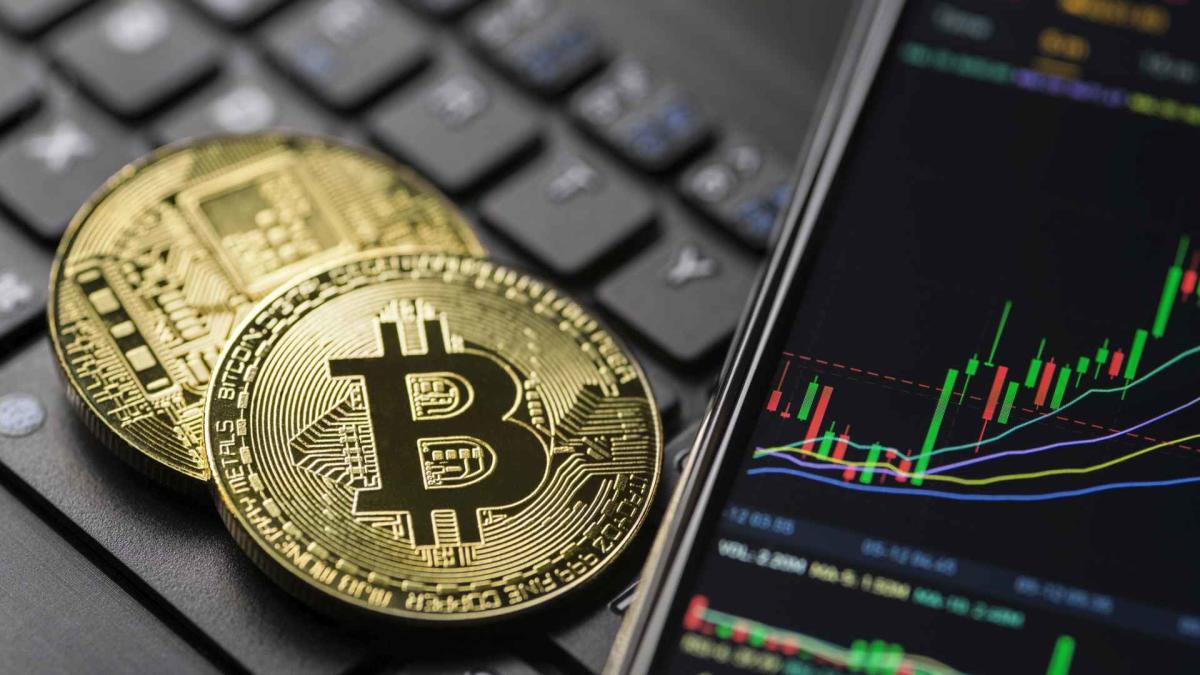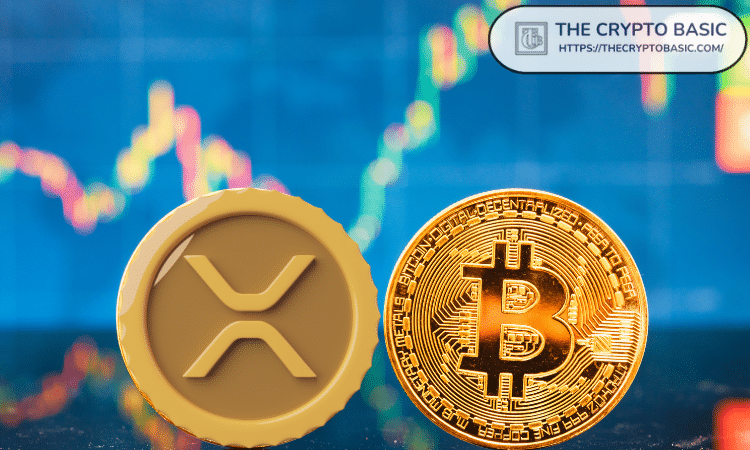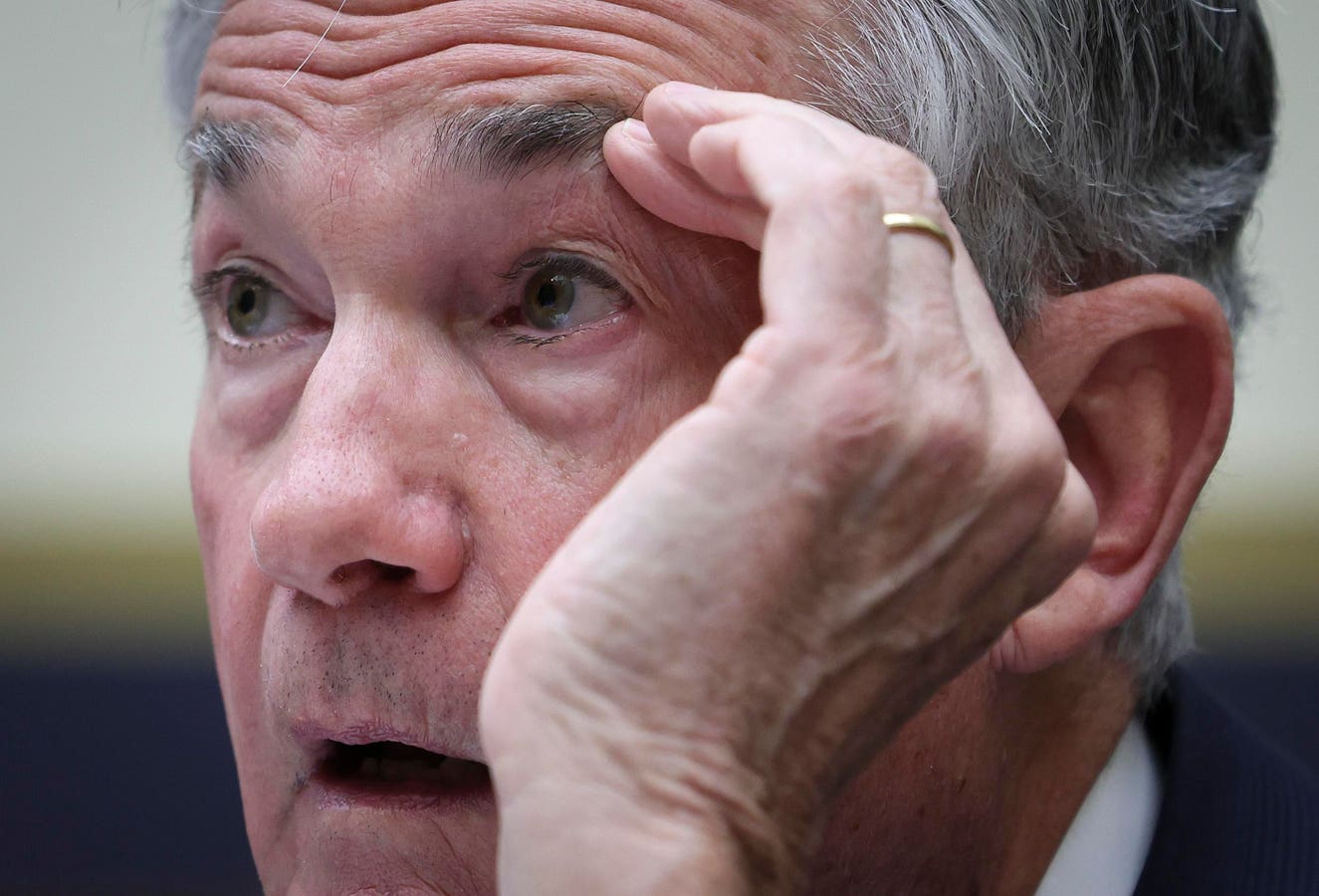- Bitcoin Price Regains Ground After Tax Harvesting Selloffs
- Bitcoin’s Power Play: BTC Maintaining Critical Chart Formation Sparks Upside Potential
- The Ultimate Guide to Investing in Bitcoin for Maximum Returns
- Why the momentum driving bitcoin adoption is just getting started
- Current Bitcoin Correction Remains Within Historical Limits – The Impact Of An 11.7% Market Drawdown
Key Takeaways
- Bitcoin’s four-year cycles create predictable opportunities for buying during bear markets and holding for growth.
- Inflation erodes fiat currency savings; Bitcoin’s deflationary design helps preserve purchasing power over time.
- Bitcoin provides global liquidity and portfolio flexibility, offering staking, lending, and collateral options for growth.
- Timing and a long-term study/strategy are required for using Bitcoin effectively as a retirement asset.
What began as a decentralized experiment has evolved into a proven store of value. Yes, it points to Bitcoin, a digital alternative to gold, which can be used by individuals to preserve wealth against the eroding effects of inflation and centralized mismanagement.
Bạn đang xem: Can Bitcoin Fund Your Retirement? Risks, Benefits, and Strategies
But how exactly can Bitcoin be used to fund a secure retirement plan?
This article explores practical ways to safeguard a future using Bitcoin’s four-year cycle. It outlines Bitcoin’s role in retirement portfolios, Bitcoin’s unique advantages, and strategies that empower forward-thinking investors to build and preserve long-term wealth.
Understanding Bitcoin as a Retirement Asset
Retirement planning has relied on stocks, bonds, and fiat-based savings plans for decades. The problem lies in the fact that the dollar and other fiat currencies continue to lose purchasing power over time due to relentless inflation and unchecked monetary expansion.
This erosion of the dollar for over a century means the idea of saving in dollars for long-term value no longer exists. For example, in 1950, a bottle of Coca-Cola cost 5 cents. In 1970, just 20 years later the price rose to 25 cents.
Inflation Trend: How Bitcoin Combats Inflation as a Retirement Asset
If the Coca-Cola trend reflects what happens across most goods and services, saving in cash for the next 20 years could mean struggling to afford even the most basic resources for a dignified life. This is the insidious effect of inflation: fiat currency steadily loses its purchasing power, eroding the value of savings over time just in time for retirement.
The global economy is weighed down by unprecedented debt levels, and has turned inflation into a silent tax that eats away hard-earned wealth.
This is where Bitcoin comes into play. Born in response to the 2008 financial crisis, Bitcoin is a deflationary asset designed to counter inflation risks, empowering individuals to secure a future. Bitcoin sets itself apart from traditional assets through scarcity, decentralization, and technological security.
Bitcoin’s fixed supply and independence from central authorities give it its edge and begin to touch on its intrinsic value. While fiat currencies decline in value as governments print endless amounts of money, Bitcoin’s supply is permanently capped at 21 million coins. This built-in scarcity creates an entirely different dynamic. Bitcoin is not subject to manipulation or inflationary pressures.
Intrinsic Value: Fiat Currencies vs. Bitcoin
Fiat currencies have no intrinsic value. Why? The dollar, the euro, or the yen derive worth solely from trust in the institutions that issue them. Governments print money to manage economies, inflating the supply of total fiat currency and reducing purchasing power over time.
What a dollar could buy 20 years ago has shrunk dramatically today, and this will compound across decades of saving. For those retiring by saving mainly fiat, this will be catastrophic, as illustrated in the above Coca-Cola example.
Bitcoin, on the other hand, offers a stark contrast. With its fixed supply of 21 million coins, Bitcoin resists inflationary pressures inherent in fiat systems. Its value derives from scarcity, decentralization, and growing global adoption, positioning it as a potential hedge against the devaluation of traditional currencies.
Bitcoin: A Modern Savings Technology for Long-Term Growth
Bitcoin is not just a commodity. Bitcoin is a technological breakthrough in how society is beginning to learn how to save in trusting the digital gold as a reliable store value to preserve capital in the distant future.
Rooted in mathematics and scarcity, Bitcoin provides individuals a savings technology, the tools can be used by anybody to preserve and grow wealth over time, bypassing the failures of fiat currencies and centralized systems.
Some key principles underpin its intrinsic value:
- Finite supply: Unlike fiat currencies, endlessly printed and devalued, Bitcoin’s supply is capped at 21 million coins. This scarcity ensures its value cannot be inflated away.
- Decentralization: Bitcoin is not controlled by any government or institution, removing the risk of mismanagement, manipulation, or corruption.
- Security and censorship resistance: Bitcoin’s blockchain guarantees tamper-proof ownership and transaction security, shielding wealth from confiscation or interference.
Xem thêm : Ether (ETH) Is Expected to Outperform Bitcoin (BTC) in 2025, Steno Research Says
The above makes Bitcoin inherently anti-inflationary or a fortress resilient against economic decay and bad monetary policies. What sets Bitcoin apart is its ability to function as a modern savings technology , particularly when viewed through the lens of its 4-year halving cycles.

Understanding this cycle reveals why Bitcoin offers unmatched long-term growth potential and how it can serve as a foundation for a secure retirement strategy.
The 4-Year Cycle: Bitcoin’s Savings Blueprint
Bitcoin doesn’t move randomly, it follows a pattern that repeats roughly every four years, called the Bitcoin halving cycle. This cycle is tied to how Bitcoin is created and rewarded. Still, the important takeaway is: Bitcoin has moments when it increases dramatically (bull markets) and periods where prices drop and stabilize (bear markets).
The key to using Bitcoin as a savings and retirement strategy is knowing how to navigate these cycles. Historically, the best opportunities to buy Bitcoin have been during its quieter, bear market phases, when prices are lower—something anticipated again for late 2026. In bear markets, this is the season when smart investors accumulate Bitcoin in preparation for the next price cycle high.
On the other hand, the bull market phase is the period of rapid price increases when Bitcoin gains widespread attention. While jumping in during this time can be tempting, the most successful strategies involve accumulating early and holding for the long term, riding the cycles to achieve meaningful growth over years or decades.
The cycle is a feature, not a flaw, and it’s why Bitcoin has continued to grow in value over the long term despite short-term ups and downs.

The pattern looks like this:
- Year 1 (post-halving boom): After a halving, Bitcoin experiences a supply shock. As demand grows, price movements accelerate, leading to a bull market.
- Year 2 (peak and correction): The price typically peaks as euphoria sets in, followed by a correction—sometimes severe—marking the end of the bull cycle.
- Year 3 (accumulation): After a correction, Bitcoin stabilizes at higher lows, entering a period of price accumulation. Savvy investors accumulate during this phase.
- Year 4 (pre-halving anticipation): As the next halving approaches, anticipation builds, preparing for the next cycle of scarcity-driven growth.
While these cycles are not guaranteed to repeat forever, they have demonstrated a reliable pattern over the past 12 years. If understood and used strategically, they offer individuals a powerful way to grow their savings and hedge against the corrosive effects of inflation.
How Bitcoin Can Work as a Long-Term Retirement Strategy
Bitcoin’s 4-year cycles offer two paths for those looking to use it as a tool for retirement savings:
The 4-Year Approach
Investors can treat Bitcoin as a medium-term savings strategy by allocating funds and holding through a single 4-year cycle.
This approach, while attractive, requires discipline and patience. Price corrections are inevitable, but the long-term trend of Bitcoin—driven by scarcity and growing adoption—has historically moved upward.
The 10-Year Holding Strategy
For those with a longer time horizon, Bitcoin offers the potential for generational wealth creation. Holding Bitcoin for a full decade allows investors to experience multiple halving cycles and the cumulative effects of supply shocks.
Whether over 4 years, 10 years, or 16 years, Bitcoin has proven to outperform traditional savings methods, providing a reliable path to financial security and, ultimately, a dignified retirement.
How to Include Bitcoin in Your Retirement Plan
There are several ways to incorporate Bitcoin into a retirement plan, and the right choice depends on an investor’s goals and risk tolerance.
Tax-Advantaged Accounts
Platforms like Self-Directed IRAs (SDIRAs) allow investors to include Bitcoin within their tax-advantaged retirement portfolios. By holding Bitcoin in an SDIRA, gains are either tax-deferred or tax-free, depending on the structure of the account.
Firms like iTrustCapital specialize in enabling such investments, bringing Bitcoin into the fold of mainstream retirement planning.
Employer-Sponsored Crypto 401(k)s
Major financial institutions, including Fidelity, now offer crypto-inclusive 401(k) plans. Employees can allocate a portion of their retirement contributions to Bitcoin, combining traditional investments with the potential upside of digital assets.
Independent Holding and Custody
For those seeking complete control, personally buying and holding Bitcoin is an option. While this approach offers unparalleled self-sovereignty, it requires careful management. Security becomes paramount, and individuals must take responsibility for protecting their private keys and assets.
Xem thêm : US accounts for over 40% of global Bitcoin hashrate: Report
Each method has its advantages, but all revolve around the same principle: Bitcoin is not just an investment—it’s a lifeboat for savings in an unstable financial system.
Challenges and Risks: The Truth About Volatility
No discussion about Bitcoin would be complete without addressing its volatility. Critics often highlight its price swings as a weakness, but volatility is simply a byproduct of Bitcoin’s emergence as a new asset class.
Consider this: gold, too, experienced wild volatility as it became established as a store of value. Bitcoin is undergoing a similar process but at a faster pace. Short-term volatility is the price you pay for long-term asymmetric returns. Savers who held Bitcoin through past corrections have been rewarded with exponential growth.
Building for the Future: Exploring Bitcoin for Long-Term Security
One does not need to use fiat to buy Bitcoin. For example, selling a house for Bitcoin today could mean that the value of the earnings from the sale of the house keep appreciating indefinitely, unlike fiat cash, which loses purchasing power instantly.
By adopting creative strategies to incorporate Bitcoin into a financial retirement plan, an individual can benefit from Bitcoin price increases.
Pros of Buying Bitcoin as a Retirement Asset
- Hedge against systemic risks: Bitcoin operates outside traditional financial markets, which means its performance isn’t tied to stock market crashes, banking failures, or currency devaluations.
- Global liquidity and accessibility: Bitcoin can be sold or traded anywhere in the world, giving retirees access to their funds without relying on local banks or currencies.
- Portfolio flexibility: Beyond holding Bitcoin, it can be staked, lent, or used as collateral to generate passive income, creating additional ways to grow retirement funds.
Cons of Buying Bitcoin as a Retirement Asset
- Market volatility: Bitcoin’s price can swing dramatically, making it difficult to predict short-term values and potentially unsettling for risk-averse investors who don’t like volatility.
- Regulatory uncertainty: Governments are still shaping their approach to cryptocurrencies, and future policies could impact Bitcoin’s value or accessibility.
- Technological risks: Storing Bitcoin securely requires understanding wallets and private keys, and mishandling these can lead to permanent loss of funds.
Conclusion
Bitcoin is not a speculative gamble; it’s a technological solution to a broken financial system. Its 4-year halving cycles provide a clear framework for understanding its growth, while its long-term performance makes it the most reliable store of value in a world drowning in debt and inflation.
For those looking to build and preserve wealth, Bitcoin offers a simple yet profound strategy: save now, hold long-term, and let Bitcoin’s scarcity drive its value. Whether you plan for a 4-year cycle or commit to a 10-20 year horizon, Bitcoin positions you to secure financial independence and retire with dignity.
In a world where traditional systems are faltering, Bitcoin is the foundation of a better future. The question is no longer whether Bitcoin can serve as a retirement asset—it’s whether you will seize this opportunity before it’s too late.
FAQs
How does Bitcoin’s 4-year cycle impact retirement planning?
Bitcoin’s cycles create opportunities to buy during price dips and hold for long-term growth potential.
Is Bitcoin a secure option for retirement funds?
Bitcoin offers high security, but proper storage methods like hardware wallets are essential to protect your investment.
How much Bitcoin should I allocate for retirement?
A small, diversified allocation (e.g., 1-10%) based on your risk tolerance can balance potential rewards and volatility.
Disclaimer:
The information provided in this article is for informational purposes only. It is not intended to be, nor should it be construed as, financial advice. We do not make any warranties regarding the completeness, reliability, or accuracy of this information. All investments involve risk, and past performance does not guarantee future results. We recommend consulting a financial advisor before making any investment decisions.
Was this Article helpful?
Nguồn: https://rentersinsurance.cyou
Danh mục: News







